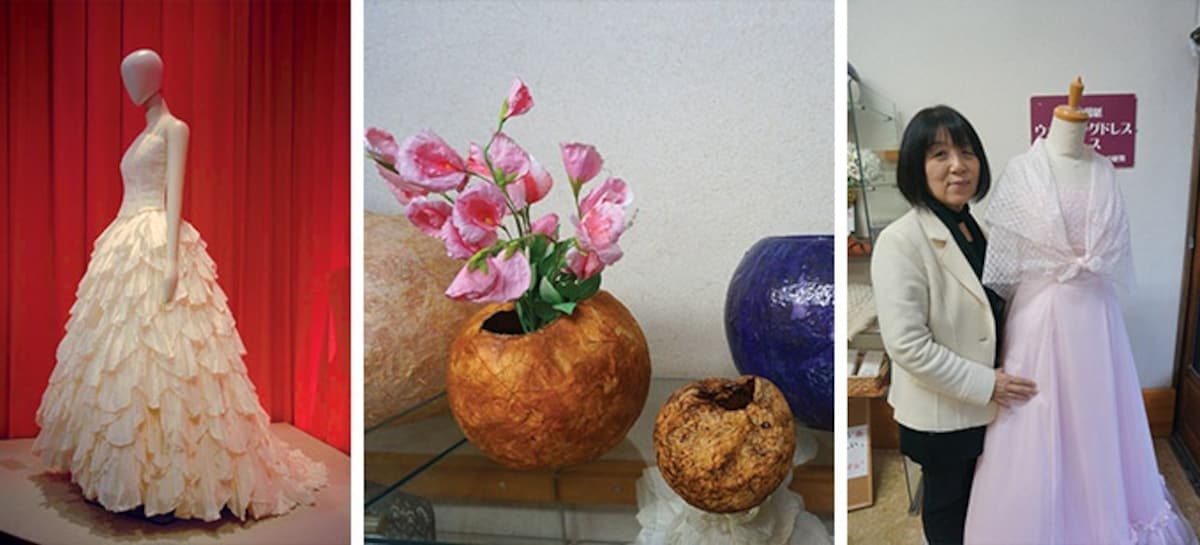Transforming Washi to Meet Modern Needs
Washi is traditional handmade Japanese paper. In November 2014, under the single heading of “washi, handmade paper” three types of washi—Sekishubanshi from Shimane Prefecture, Hosokawashi from Saitama Prefecture and Honminoshi from Gifu Prefecture—were registered on UNESCO’s Intangible Cultural Heritage list. Following registration of washoku (Japanese cuisine) in 2013, this was Japan’s 22nd listing on UNESCO’S list. Meanwhile, a host of companies and organizations are developing products that transform washi to meet the needs of today’s market.
One such company is in Mino City, the production district of Honminoshi, where Keiko Ichihara operates Minoshimai, a gallery offering products made with washi. According to Ichihara, the fascination of washi is its thinness and uniformity. These characteristics make the paper light but durable, giving it a beautifully luminous glow when exposed to light.
Moreover, though in general the washi production process involves only vertical swings when mixing the ingredients, minowashi (washi from Mino City) is created with vertical swings combined with horizontal swings, making the paper stronger because the pulp fibers are more intricately interwoven.
Ichihara’s washi products are receiving lots of attention, particularly her wedding dresses made of washi, which have been displayed at many fine galleries such as the Kobe Fashion Museum. Ichihara explains that by effectively using the characteristics of washi, it is possible to make dresses that are light, breathable, offer good heat retention and have an elegant appearance. And since washi is made of natural material, it can be used by people with various skin conditions and sensitivities, including atopic diathesis (atopy). For this reason, washi products also have potential medical applications.
Washi, however, cannot be used as cloth as is. So Ichihara, who had very little experience in the sciences and engineering, started from scratch and pushed through a continual process of trial and error to create a finishing agent that would overcome the weaknesses of washi. She explains that with this finishing agent, washi can become more hydrophilic on a molecular level and therefore absorb more water from air. This is crucial, because washi gains a smooth texture when it absorbs water, and when processed into a cloth in this way, it displays an exquisite, silk-like gloss. Unlike the usual resin coating finishing technology, her finishing agent does not emit any harmful gases when burned, and is therefore eco-friendly as well.




